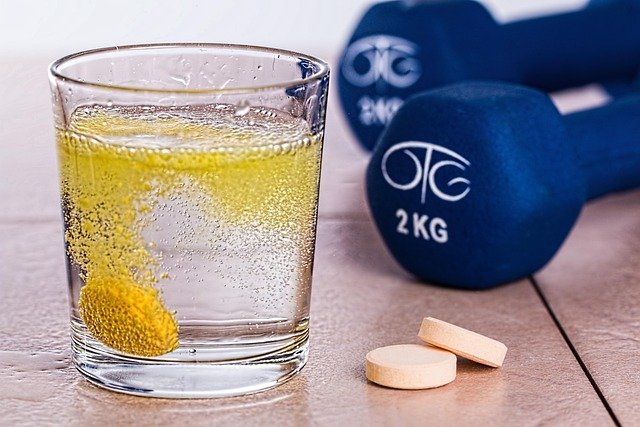Optimizing Recovery: Sleep, Hydration, and Mobility
Recovery underpins consistent training and sustainable performance across competition levels. Prioritizing regular sleep patterns, sufficient hydration, and structured mobility work helps reduce injury risk, supports strength and endurance gains, and complements nutrition and conditioning plans. This article outlines evidence-informed, practical strategies for athletes, youth programs, and teams to improve recovery outcomes.

Optimizing Recovery: Sleep, Hydration, and Mobility
This article is for informational purposes only and should not be considered medical advice. Please consult a qualified healthcare professional for personalized guidance and treatment.
Sleep: How it aids training and recovery
Sleep plays a central role in repair processes that follow training sessions and matches. During deep sleep, hormone patterns shift to promote muscle protein synthesis and the release of growth hormones that assist strength and tissue repair. Consistent sleep schedules—regular bedtime and wake time—support circadian rhythm, which can improve reaction times, decision-making, and mood during competition. For youth athletes, adequate sleep is especially important because developmental processes and learning tactics occur in parallel with physical conditioning. Coaches and teams can reinforce sleep hygiene by scheduling training sessions at times that allow for uninterrupted rest and by educating athletes on screen-time reduction and calming pre-sleep routines.
Hydration and endurance: What to prioritize
Hydration affects cardiovascular efficiency, thermoregulation, and perceived exertion during endurance and high-intensity efforts. Even modest fluid deficits can reduce performance and increase injury risk during prolonged or hot conditions. Athletes should aim for consistent fluid intake throughout the day rather than just before activity. Electrolyte balance—particularly sodium—matters when sweat losses are high; sports drinks with measured electrolytes can be useful in long-duration training or competition. Monitoring body weight changes before and after sessions provides a practical metric for fluid loss, while individualized hydration strategies should align with training intensity, ambient conditions, and nutrition plans.
Mobility: How it reduces injury risk
Mobility work targets joint range of motion and tissue quality, helping athletes move efficiently and absorb forces safely. Regular mobility routines—dynamic movement before sessions and controlled mobility or soft-tissue work after—support conditioning by preserving functional movement patterns required for sport-specific tactics and competition demands. Mobility complements strength training by ensuring that gains in power and endurance are expressed through appropriate joint mechanics. For athletes recovering from injury, progressive mobility drills can be integrated with rehabilitation plans under coaching and medical supervision to restore movement without overstressing healing tissues.
Nutrition and strength: Fueling effective recovery
Nutrition and strength strategies are tightly linked to recovery. Protein intake distributed across the day supports muscle repair, while carbohydrates replenish glycogen stores needed for endurance and repeat efforts. Strength training stimulates adaptations that improve performance analytics such as force production and sprint capacity; recovery nutrition ensures those adaptations are consolidated. Timing matters: a balanced meal or snack that combines protein and carbohydrates within a few hours of training helps regeneration and prepares athletes for subsequent sessions. Youth athletes require appropriately scaled portions and nutrient density to support growth plus training demands, and coaching staff should align meal timing with practice schedules.
Coaching, teamwork, and analytics: Informing conditioning choices
Recovery approaches are most effective when informed by coaching insight, teamwork coordination, and objective analytics. Load monitoring—using session ratings of perceived exertion, wearable metrics, or simple tracking logs—helps coaches adjust conditioning and tactics to avoid overtraining and reduce injury incidence. Teamwide practices that normalize recovery behaviors (sleep routines, hydration stations, mobility sessions integrated into practice) create a culture where players support each other’s readiness. Analytics can flag patterns such as decreased sleep quality or elevated training loads that warrant targeted interventions in strength, mobility, or nutrition.
Conclusion
Optimizing recovery is multidimensional: consistent sleep enhances physiological repair, strategic hydration supports endurance and thermoregulation, and mobility work maintains functional movement and lowers injury risk. When combined with tailored nutrition, strength work, and data-informed coaching, these elements form a cohesive recovery framework that supports long-term conditioning, performance, and resilience across youth and adult competition environments.





